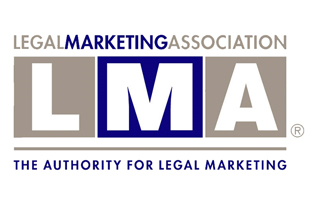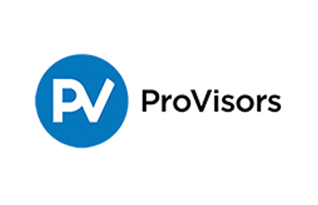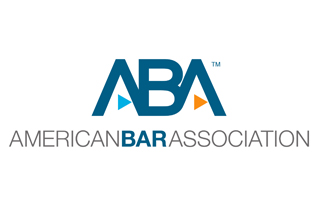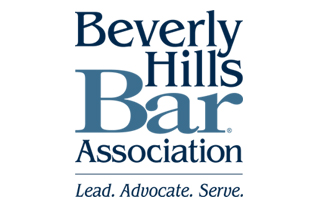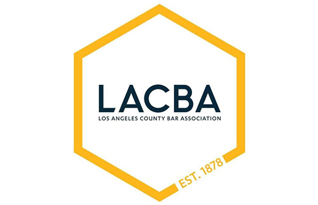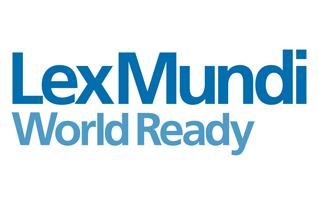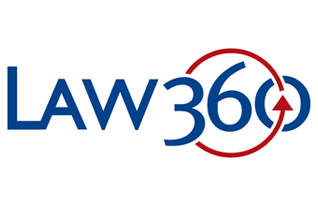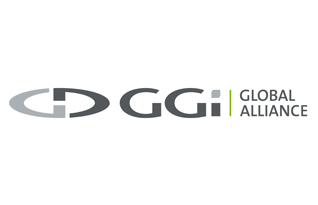It is 7:45 a.m. Cup of coffee in hand, you find a seat and wait for the networking meeting to begin—you are visiting for the first time. The meeting facilitator welcomes everyone and says, “With so many new faces today, I thought it would be a good idea to go around the room and have everyone take a few moments to introduce themselves and what they do.”
“Oh great, here comes a glorified roll call,” you think. Short of watching paint dry, nothing is as mind numbing as listening to a group of professionals introduce themselves through clichés, generalities, and generic value statements.
Elevator speeches, 15-second pitches, brief introductions—whatever you call them—are attempts to connect and stir the interest of a prospect or referral source in a short amount of time. With forethought and preparation, introductions can be an effective way of building your book of business and even of starting a process that may lead to a strategic alliance.
First, consider your intention. Intention is the driving force behind every successful presentation (and yes, an introduction should be considered a presentation). It is the singular message or impression you want to leave with your audience. Pick one intention and make it active. Want more of a particular type of work? Align your message accordingly.
All too often, lawyers think their intention is to educate or inform their audience as to the litany of services they provide. David Booth, co-author of Own the Room: Business Presentations that Persuade, Engage and Get Results, says, “If you educate people, you get them to think, but if you persuade them, you get them to act.”
Sometimes lawyers fear that by delivering only one message or focusing on one service, their audience will not grasp the full extent of their capabilities. In fact, listeners will absorb the one thing you focus on, which helps gain trust and further understanding. Once trust is established, listeners can (and will) approach you to learn more about the full range of your services.
Second, demonstrate your intention through storytelling. Avoid reciting a menu of services or the history and reputation of your firm. Instead, think of your intro as an opportunity to tell a story—engage your audience, differentiate yourself and your message, and be memorable.
Third, catch your audience’s attention through a dynamic opening. Rather than beginning with “Thank you for having me,” “Good morning,” or “I’d like to tell you a story,” dive off a cliff and deliver an attention grabber.
You might reference a current news item, tell a personal story, reveal a lesson learned, share your perspective on a controversial topic, ask a thought-provoking question, or relate a matter/case you recently handled. Use specifics and paint a picture. If your audience can visualize what you describe, they are engaged.
Avoid the common mistake of beginning with such a colorful opening that it becomes the focus of your introduction, rather than the story that demonstrates how you assist clients. If you were to map out the structure of an introduction, it would look like:
- Open (to grab attention)
- Transition (to relate the opening to the intention)
- Body of Content (your services and/or methodology)
- Close (name and firm).
Fourth, construct your story. Identify the obstacle. What is at stake? Is there a tight deadline? What is it that requires your expertise and experience to overcome? The obstacle is typically the client’s problem or issue for which they hired you in the first place. Next, reveal the solution you implemented by stating three specific processes that you used to solve the client’s problem. Communicate the steps you took to solve a client’s issue will demonstrate your capabilities as a business professional and is far more effective than merely telling someone what you’re capable of. Close with your name and firm. Speakers have a honeymoon period of 30 seconds or less to capture an audience’s attention. Since there is nothing novel or surprising about your name or the name of your firm, why start at a disadvantage? By putting your name and firm at the end of your introduction, you encourage the audience to place the most important of details into long-term memory.
Fifth, practice. Once you have an overall structure for your introduction, rehearse it. “Winging it” is a recipe for disaster. Initially, you will probably include too much information, or new thoughts will come to you as you say your speech aloud. It is all part of the creative process.
Rehearsals are where you decide what to include and what to eliminate, and how to keep everything within the allotted time. During a scene in the movie This Is It, Michael Jackson rehearses dance moves with his band. When the music conductor apologizes for getting the timing wrong, Michael says, “It’s OK, that is why we practice!” Despite his unbelievable talent
and years of experience, Michael understood the need to practice.
Delivery of your introduction should be similar to having a conversation across a dining room table. Many of us were taught that to be taken seriously in business we had to be formal, rigid, and official in our posture and language. The reverse is true. When lawyers show an easygoing, relaxed demeanor, they exhibit true confidence and approachability. When you make eye contact around the room, the audience feels included.
You never get a second chance to make a dynamic first impression. Ninety-nine percent of all lawyers cannot extemporaneously deliver an introduction that is succinct, colorful and serves as a business magnet. To achieve mastery requires commitment, training, rehearsal and experience.
The more authentic you are, the more people will be drawn to you. To thrive in this fiercely competitive marketplace, speaking is among the best ways to be seen as the go-to person in your field. Would you prefer to captivate your audience or watch them mentally walk out the door? If it’s captivate you want, deliver a well-crafted introduction.

Jonathan Fitzgarrald is Managing Partner of Equinox Strategy Partners. For nearly two decades, he has coached and trained service professionals on how to drive revenue and increase market visibility. He can be reached at 424.377.3200 or JFitzgarrald@EquinoxStrategy.com.

